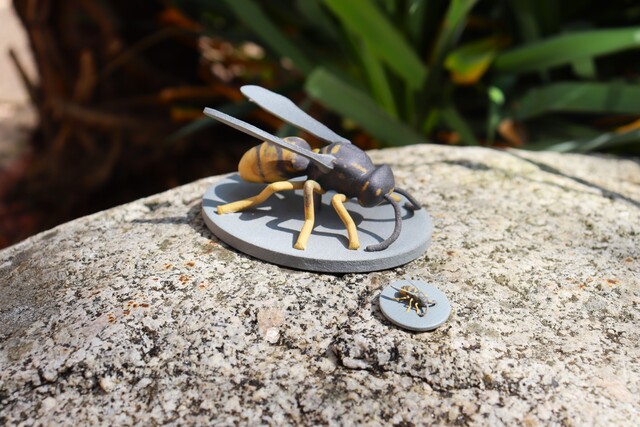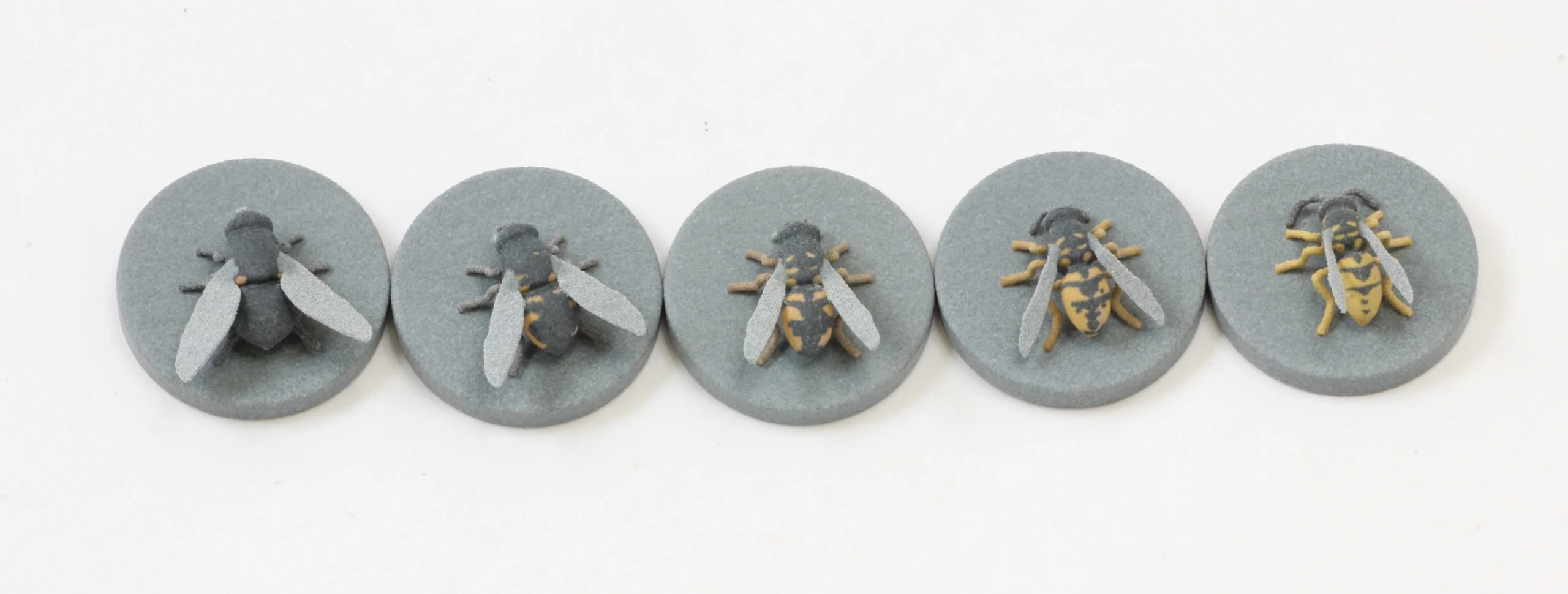Researchers at the University of Nottingham have developed a method to 3D print life-sized, color-accurate insect models for biological research. The team, led by Prof Ruth Goodridge and Mark East from the School of Engineering, worked with biologists Christopher Taylor, Tom Reader, John Skelhorn, and Francis Gilbert to create realistic artificial prey. The printed models can reproduce existing species and generate hypothetical variants with new combinations of shape and color patterns.

The research team conducted field experiments at Madingley Wood, a 16.8-hectare woodland site near Cambridge that has served as a songbird research location since the early 2000s. Between October 2022 and February 2023, researchers visited the site two to three times weekly to operate six feeding stations equipped with dishes covered by lids bearing different 3D-printed prey models. The stations used PIT tags, RFID readers, and trail cameras to monitor wild songbird responses to the artificial prey.
The study examined how accurately mimics must resemble dangerous species to fool predators. Results showed that birds are effective at identifying mimics and avoiding dangerous prey, but predators can tolerate imperfection in some contexts. Certain features like color contrast and general body shape appear more important than exact replication for successful mimicry.

Additional experiments in Portugal involved crab spiders and demonstrated that different predators rely on varying sensory inputs. When static 3D-printed models failed to provoke spider responses, researchers used Arduino controllers to add movement, which successfully triggered predator behavior. This highlighted that spiders rely more on motion detection than visual appearance, unlike birds.
The research provides insights into the limits of natural selection and explains why mimicry adaptations often plateau before reaching perfection. The findings help identify which aspects of mimicry matter most to different types of predators and establish thresholds for how precise biological adaptations need to be for evolutionary success.
Source: communities.springernature.com

